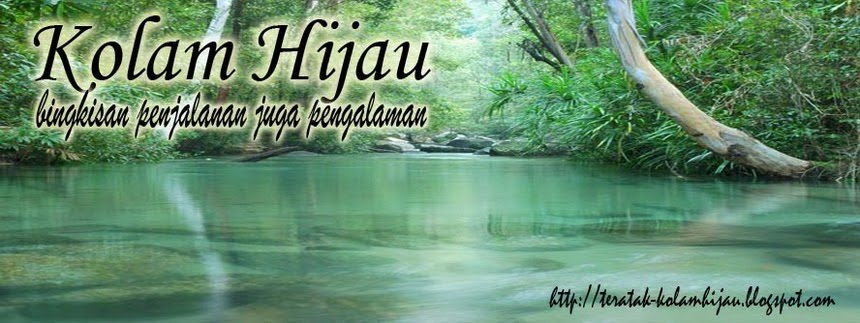
Boat on the Nile

Pigeon houses at Mit Gahmr (Delta), Egypt

Pyramid of Sesostris II in El-Lahun, South of Fayoum, Egypt

Fox on a pyramid of Cairo, Egypt

Pyramid of king Snefrou, Egypt

Philae’s temple, dedicated to Isis, Egypt

Village of the ragmen in Cairo, Egypt

Abou Simbel's temple, Nasser lake, Egypt

Islands at Siwa oasis, Egypt
The oasis of Siwa was internationally famous long before Alexander the Great visited it in 331 bc, for it was the site of one of the biggest temples of Amen, the most powerful Egyptian god of the time. Its oracle was so renowned that the illustrious Macedonian conqueror crossed the Egyptian desert to consult it. According to legend, the priests confirmed his divine nature—a verdict that was convenient, as he had just been crowned pharaoh. During the Roman occupation, the temple of Amen fell into disuse, but the oasis remained. Its springs, famous for their medicinal properties, quenched the thirst of many a caravan on the way from the Mediterranean coast to central Africa. Today, many Egyptian, Roman, and medieval ruins survive in this area, which the Egyptian government would like to see added to UNESCO’s World Heritage list. This would earn it a grant toward the preservation of the archaeological site, which would no longer be solely Egypt’s responsibility but the shared responsibility of the organization’s 175 member countries.

Ruins of the medieval citadel of Shali in the town of Siwa, Egypt
Founded in the thirteenth century, the citadel of Shali protected the inhabitants from pillagers for many years. But its walls built of kershef —salt bricks covered with clay and plaster—were no match for the violent rains of 1926. Three days of deluge left nothing but a mass of ruins, bearing witness to a vanishing style of architecture. Although some of the fortress’ houses are still inhabited, modern Siwa is chiefly built of concrete, clustering around its old town. Since 1998, the United Nations Human Settlements Program has encouraged young Siwa entrepreneurs to rediscover their cultural and architectural heritage. The region’s governor, who also would like to see this heritage preserved, has required all new buildings around the citadel of Shali to be built using traditional methods.

Adrere Amellal Ecolodge» hotel, Siwa oasis, Egypt
Barely distinguishable from the surrounding landscape of salt lakes at the oasis of Siwa at the foot of the white mountain,» the Ecolodge is a luxury hotel—even though guests have neither electricity nor air conditioning—in the arid Egyptian desert. To cope with the extreme environment, the building—which was completed in 1997—takes advantage of local techniques that have been developed over 2,500 years: walls of salt-bearing rock extracted from the beds of lakes burned by the sun, and roof, insulation, ventilation, plaster, furniture, and accessories designed and made by 150 local craftsmen using the oasis’ own resources. Economizing in the transport of materials and people minimized energy consumption, while the use of local human resources revived the region’s economy. Since the Ecolodge was built, almost 600 people make a living from the revival of interest in the architecture of Siwa.

Drying dates in a palm grove south of Cairo, Nile valley, Egypt

The Unfinished Obelisk, Aswan, Egypt

Wheat being bundled into sheaves by a fellah in the Nile valley, Egypt

Small boats caught in water hyacinths on the Nile, Egypt

Modern graves in a cemetery at Asyut, Nile valley, Egypt

Road interrupted by a sand dune, Nile Valley, Egypt

Outline of Birket Maraqi salt lake in the oasis of Siwa, Egypt
Under the burning sun of northwest Egypt, the evaporation of water from the shallower parts of this salt lake has cracked its bed of sand and mud, forming these extremely hard, rounded wrinkles. Here and there salt forms a white crust, tracing the outline of the bluish, stagnant pool. The salt concentration in the water is so high that no living organism can survive. However, the shores of these lakes are shaded by palm trees and olive trees, fed by the oasis’s 230 freshwater springs. Thus, Siwa’s 15,000 inhabitants grow 300,000 date palms and 70,000 olive trees. Fresh water is one of the scarcest resources on the planet, accounting for only 2.5 percent of the total volume of water on the Earth, and of that proportion, 77 percent is trapped as ice at the poles and in glaciers. Liquid fresh water is unequally distributed, being rare in the tropics but plentiful on the equator and in temperate regions. Even where it is abundant, it is still precious. Its quality is constantly deteriorating as a result of contamination from excess organic matter, fertilizers, and other chemicals released by agriculture, industry, and the general population.

Necropolis, South El Minya, Egypt

Abu Simbel, Nile Valley, Egypt






























